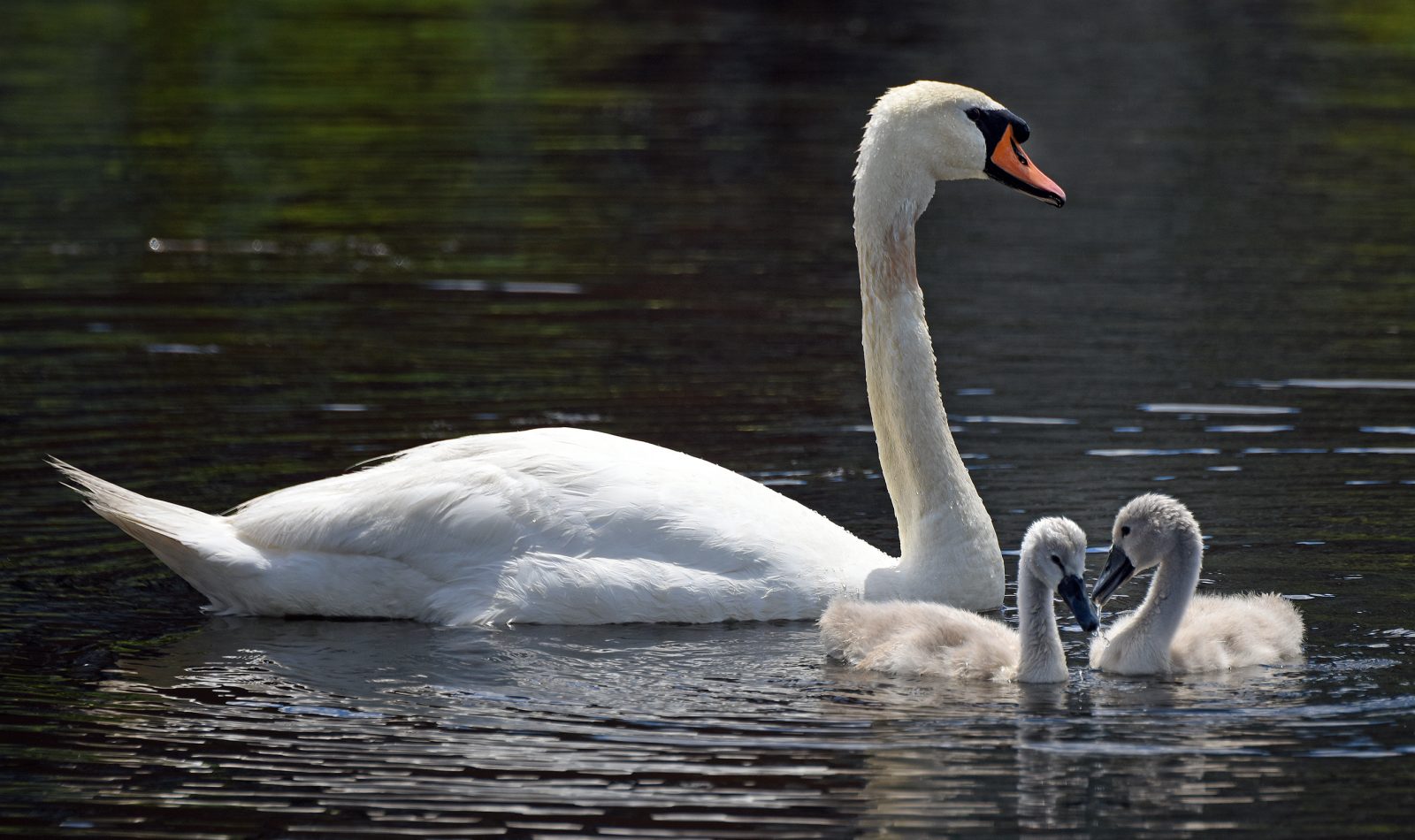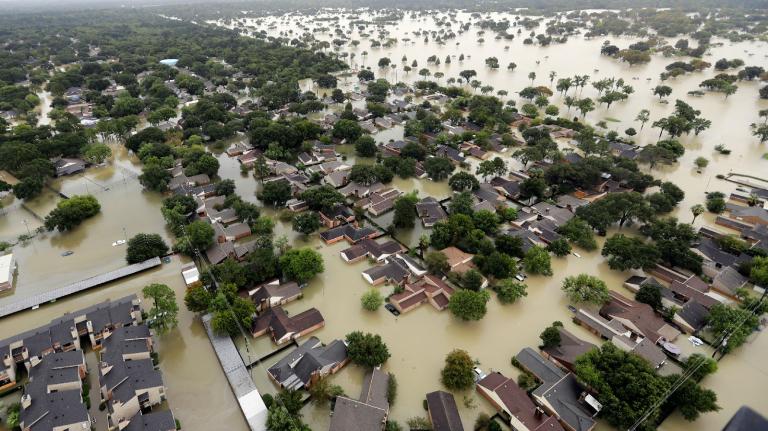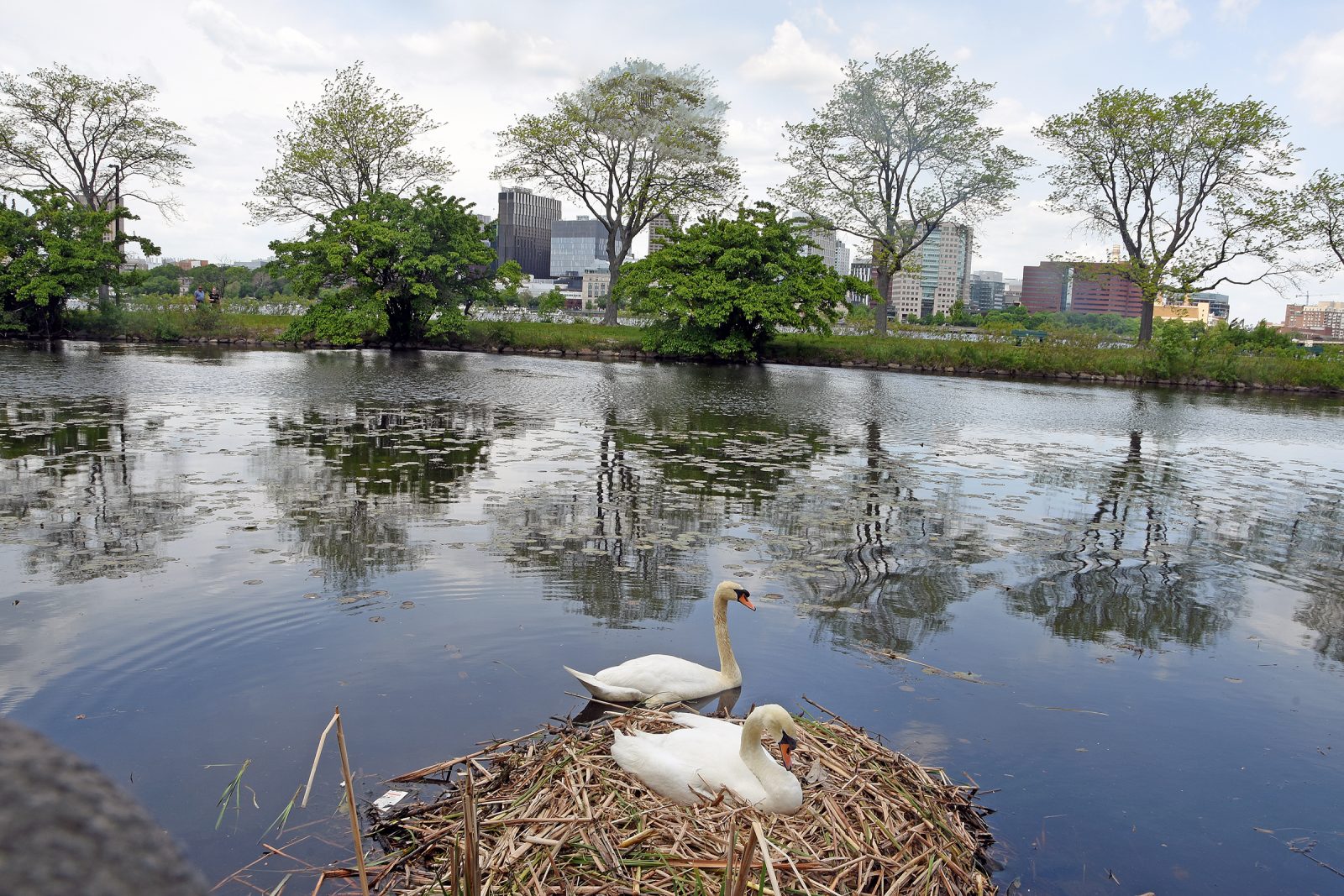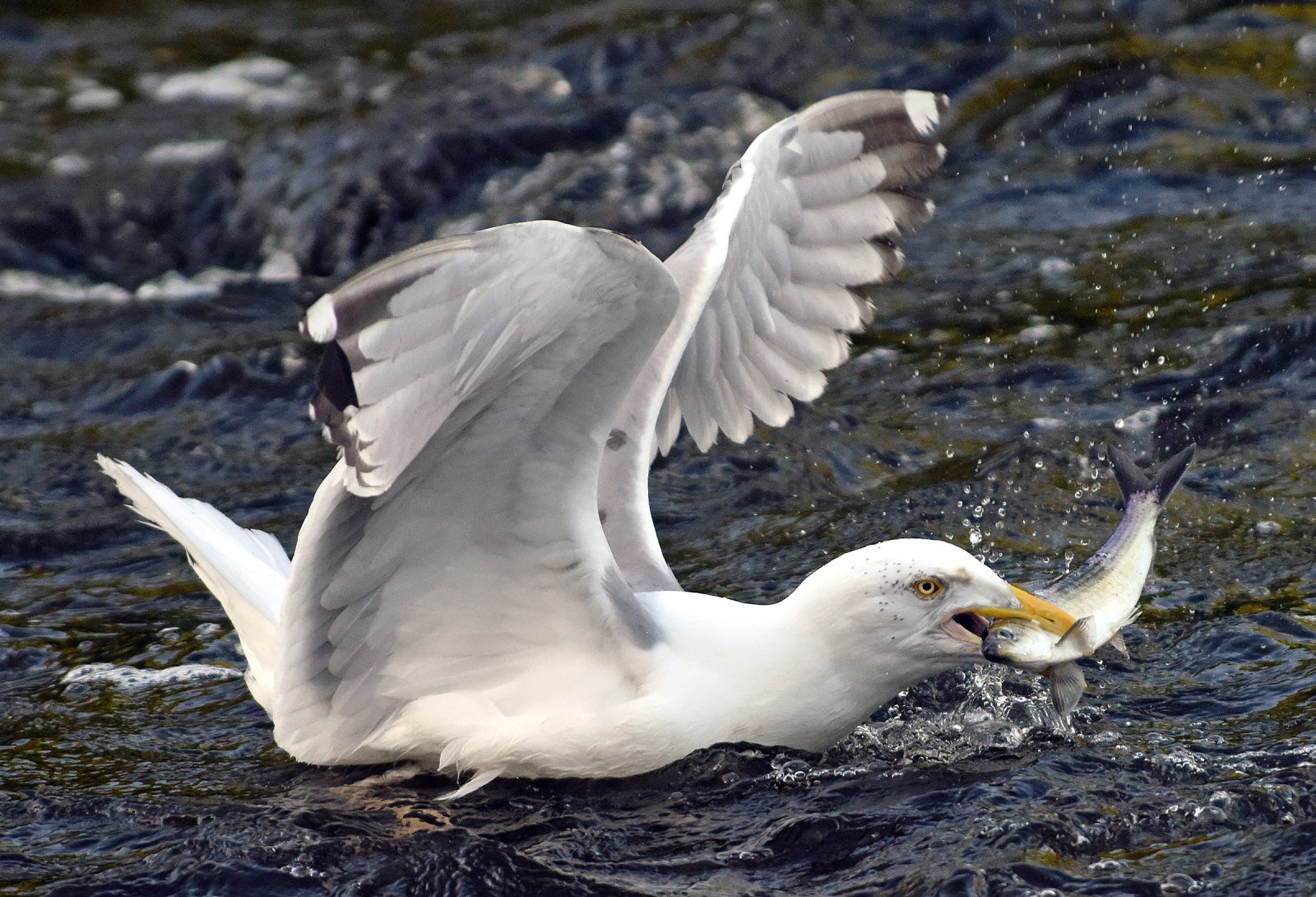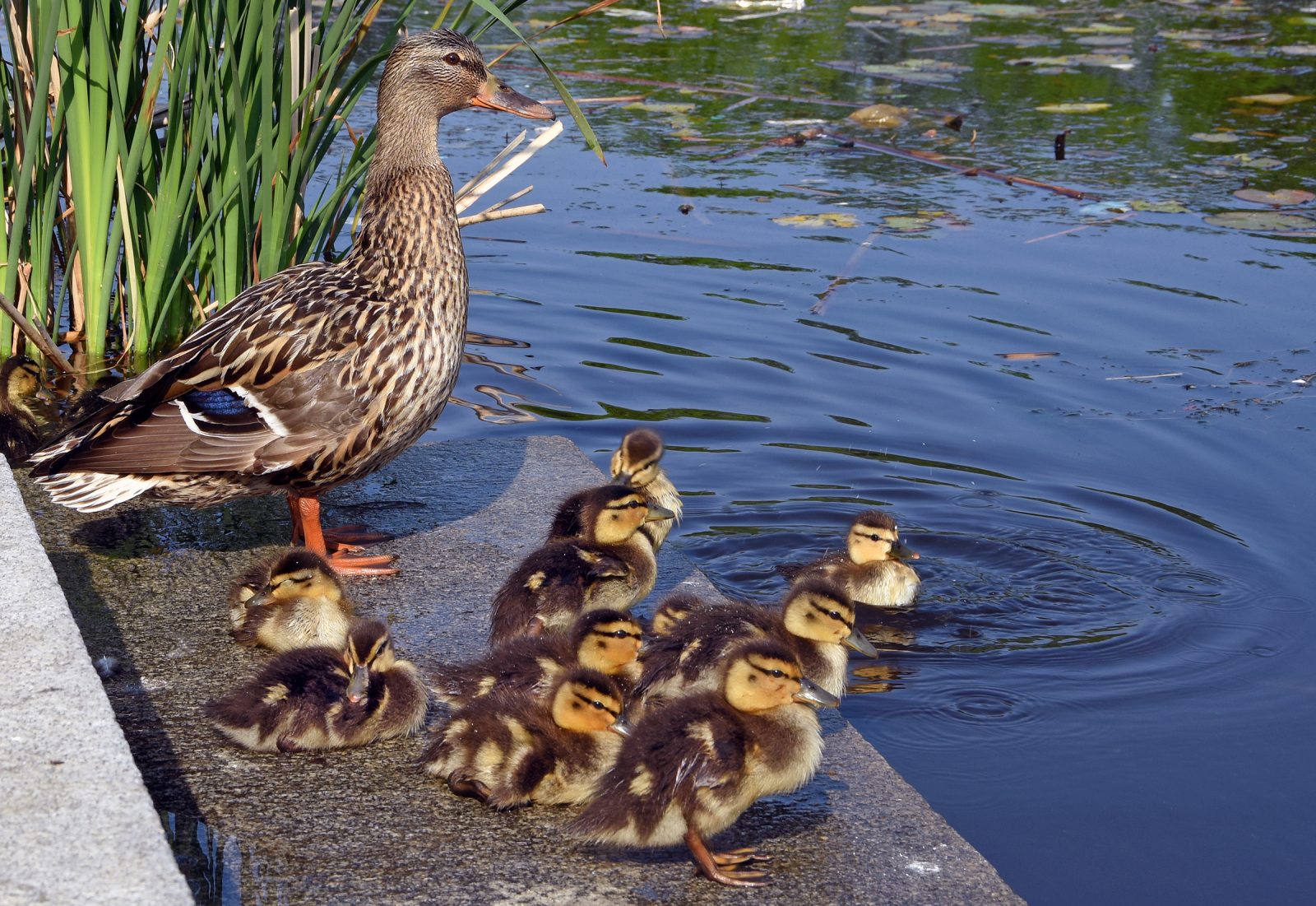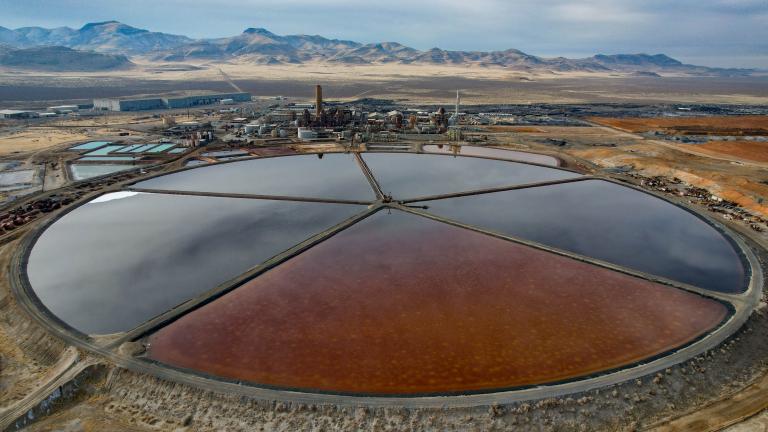U.S. Environmental Protection Agency Administrator Michael Regan officially announced earlier this month that the Biden administration will reinterpret the Trump administration’s definition of what constitutes “waters of the United States” – waterways that are deserving of federal protection.
Trump’s definition was actually a reinterpretation (or rejection) of what the Obama administration delineated as waters worthy of federal oversight. Obama had sought to increase protections under the Clean Water Act, based on EPA science conducted under both his administration and that of his predecessor, George W. Bush. The agency’s researchers had determined that many wetlands and rain-fed intermittent and ephemeral streams were significantly connected to larger bodies of water than met the eye – and thus those tributaries warranted protection.
The Trump administration’s own scientific advisors agreed with Obama’s interpretation. No matter, the Donald’s EPA gutted the rule on behalf of industrial and agricultural polluters by removing half of wetlands and a fifth of streams and tributaries from protection. That shift amounted to an overall 25-percent drop in protected waters, according to the U.S. Army Corps of Engineers.
Noting that the Trump rule “is leading to significant environmental degradation,” Regan said he would work toward a “durable definition” of waters of the United States. And he begins that effort at a time of year when, precisely because of decades of federally enforced cleanups, New England’s most famous river – and once one of its most infamous— the Charles, is as magical as Florida’s Everglades.
The most stunning drama this spring along the banks of the Charles, walking distance from downtown Boston, has been a pair of mute swans. They nested at a landing alongside a walking and biking path in the Back Bay neighborhood and produced nine eggs. Seven hatched. By predation or sickliness, the number of cygnets eventually went down to five.
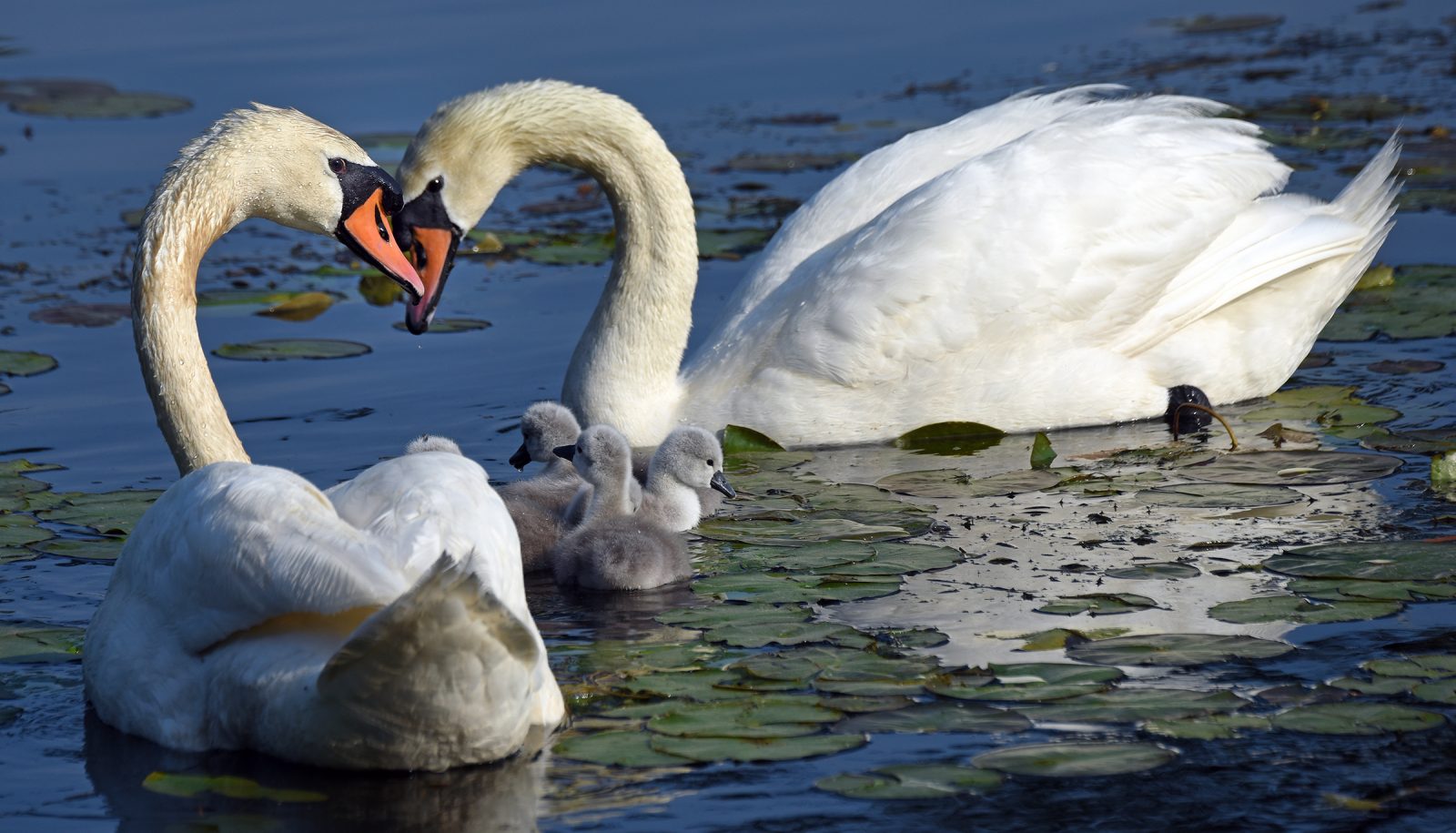
Then, without warning, the mother died on the nest. A necropsy showed neither foul play nor ingested foreign objects did her in. The father then took on the chicks, sometimes letting them ride on his back. Even though the number of chicks has dwindled down to two as of late June, the family continues to stop strollers and joggers in their tracks, as do more familiar families of geese and goslings and ducks and ducklings cruising the waters and grazing on the grass.
A couple miles up the river from downtown, black-crowned night herons and great blue herons patrol the banks, snapping up river herring that have been restored through federal and state efforts. During the herring run, gulls often wait at a dam in the suburb of Watertown to gobble up the fish that evaded the herons’ beaks.
Osprey occasionally fly in to dive for fish. Muskrat cruise the reeds as turtles bask on floating logs. As the river heads deeper into exurban Boston, bald eagles have been nesting, continuing their remarkable recovery from a point in the 20th century when pesticides had led to their disappearance in most states.
A gull (left) and a black-crowned night heron (bottom) snap up river herring. Those sightings — as well as a family of mallards (right) are all signs that the Charles River clean up has been successful. Derrick Z. Jackson
All this fauna can now be seen in a river once so polluted that the locals joked about people needing tetanus shots if they fell in. The foul Charles even inspired the Boston anthem “Dirty Water” by the Standells. As recently as 1995, the river earned a D for water quality at its mouth in Boston Harbor, a result of uncontrolled human sewage, railyard oil pollution, industrial waste, and landfills that crept up right to the water’s edge.
The river’s revival began in the 1980s when conservationists and the EPA joined forces to sue the state of Massachusetts over the levels of wastewater pollution in the Charles. That resulted in federal judicial oversight of more than $4.5 billion of mitigation projects managed by the state, most notably a massive waste-treatment facility and the overhaul of 100 miles of leaky sewage pipes and storm drains. Local conservation groups also convinced the Army Corps of Engineers to protect 8,000 acres of wetlands in the Upper Charles watershed.
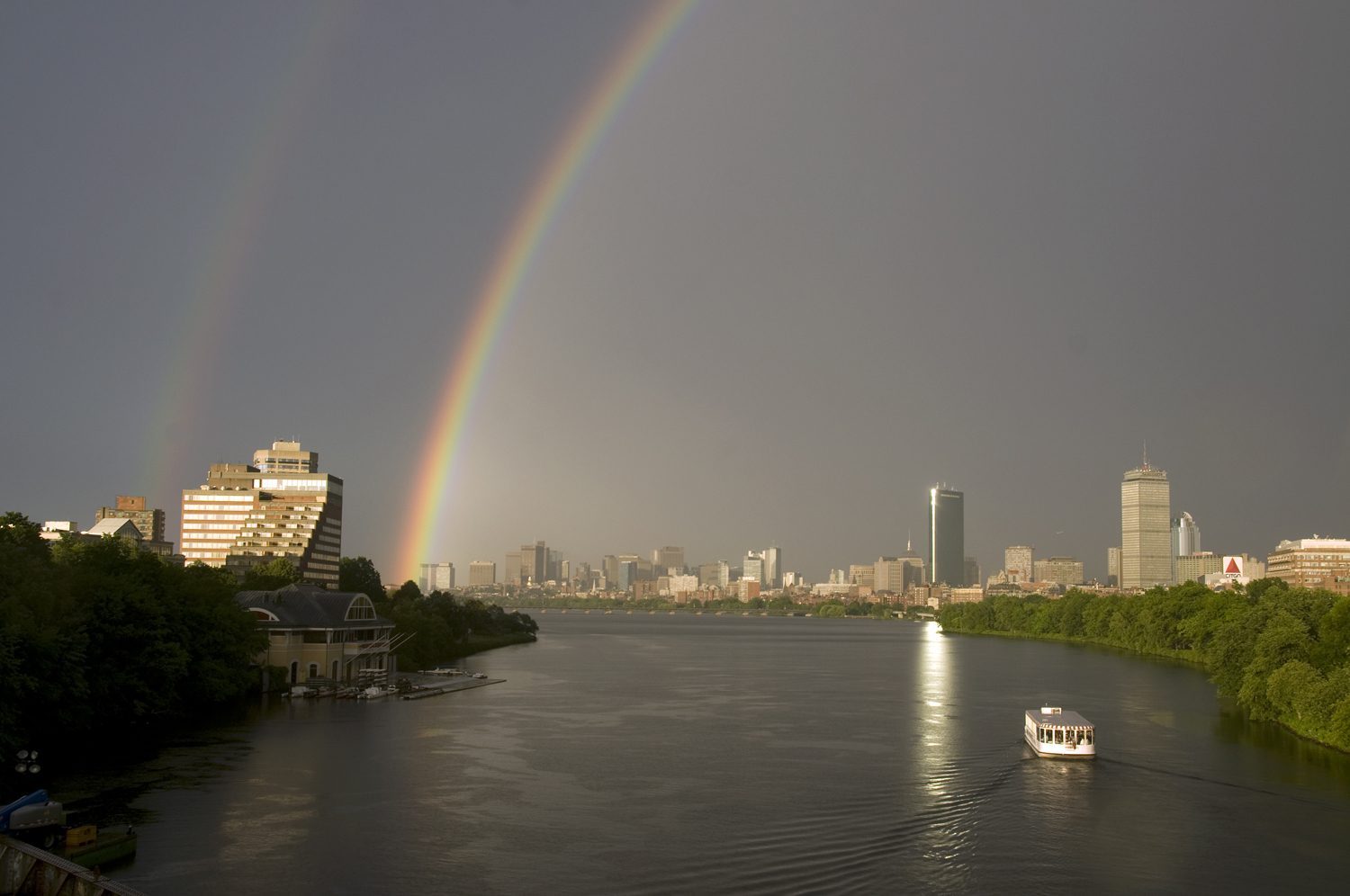
Today the water is technically swimmable most of the time — though one dares not touch the riverbed with bare feet as it is still laden with heavy metals. Recognized a decade ago as one of the world’s most well-managed rivers, the Charles is now a year-round wonder of wildlife. Last winter, its waters, as well as the Boston Harbor’s, were full of mergansers, scoters, goldeneye, eiders, bufflehead, and loons.
It is the protection of the Charles’ watershed that EPA Administrator Regan should keep in mind as he sets forth to protect more American waterways. Despite accounting for fewer than six percent of the United States landscape, freshwater scientists consider wetlands to be precious jewels of the ecosystem. These marshes and swamps, where plants grow thick in soil saturated with water, are natural traps and filters for runoff and sediment. They also provide nurseries for aquatic life.
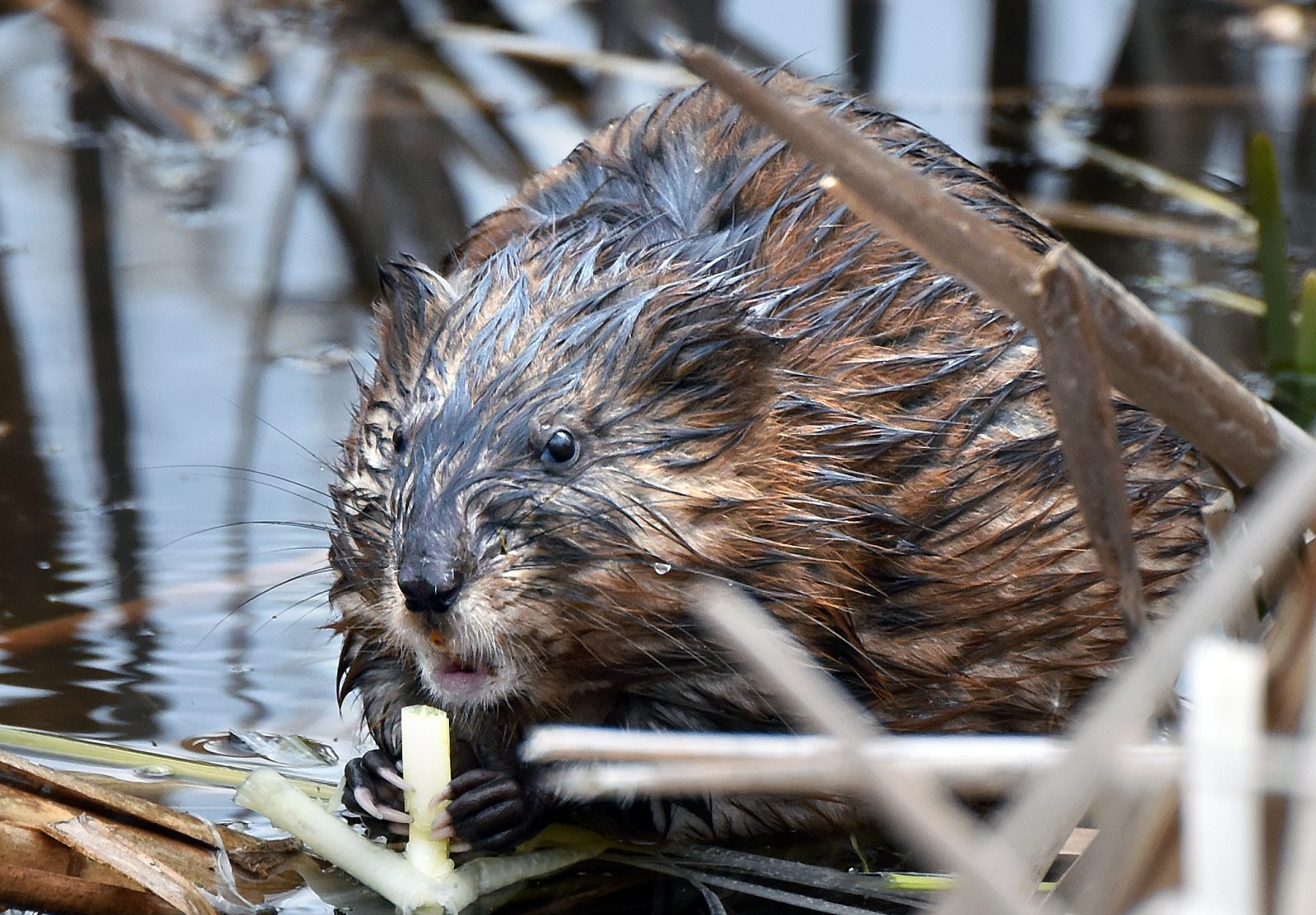
It is also the part of the ecosystem that industry and factory agriculture continue to plow over and foul when they can get away with it. Consider the ill-fated Foxconn electronics plant in southern Wisconsin. After promising 13,000 jobs in 2017, the state gave the company a sweetheart deal of billions of dollars in tax breaks, as well as waivers to fill in 38 acres of wetlands to build their facility. The company now is only pledging 1,500 jobs while flooding and erosion risks have risen in the region because of the wetland loss.
In advance of this month’s announcement, Regan told a House committee in April that, while Trump went too far in his reinterpretation of the waters of the U.S., the administrator was not going back “verbatim” to the Obama-era rules. The statement was a clear effort to placate the farm lobby, which has unfurled ridiculous exaggerations that the Biden EPA would patrol every ditch to see if each is connected to rivers.
While it is politically understandable that Regan must get, as he said, “input from a wide array of stakeholders,” federal science nevertheless does not quibble about the interconnectivity of our waters.
As he gathers input, perhaps a trip to Boston, to gather input from the swans, herons, and herring, is in order. They are illustrating the important of healthy watersheds and well-managed waterways via their nesting near the Charles, in their gathering along banks to feed, and by making their spring runs up the river.
